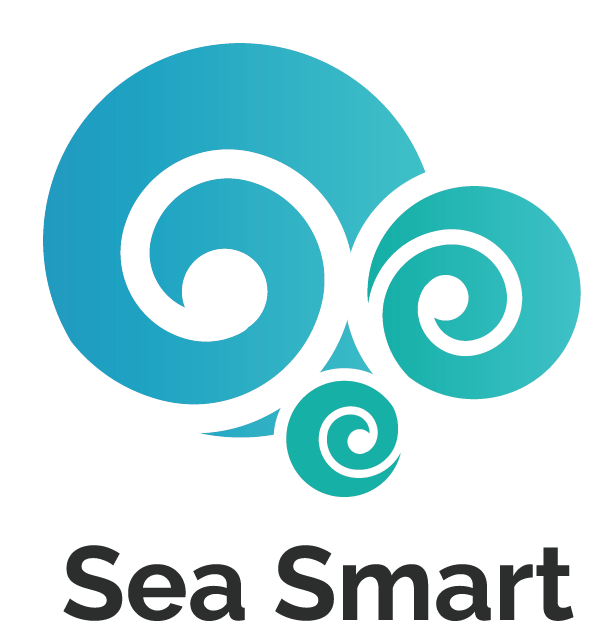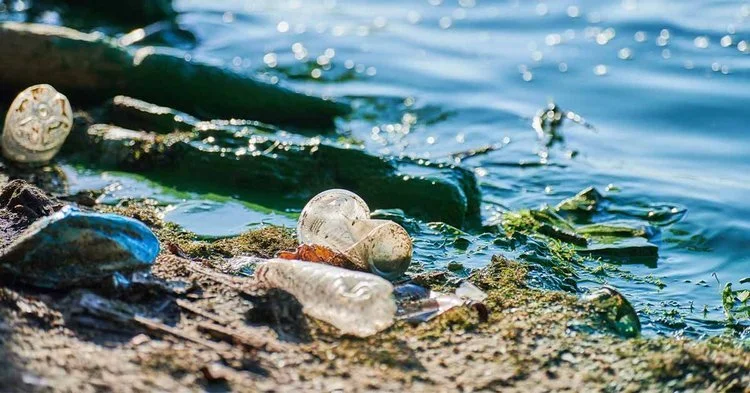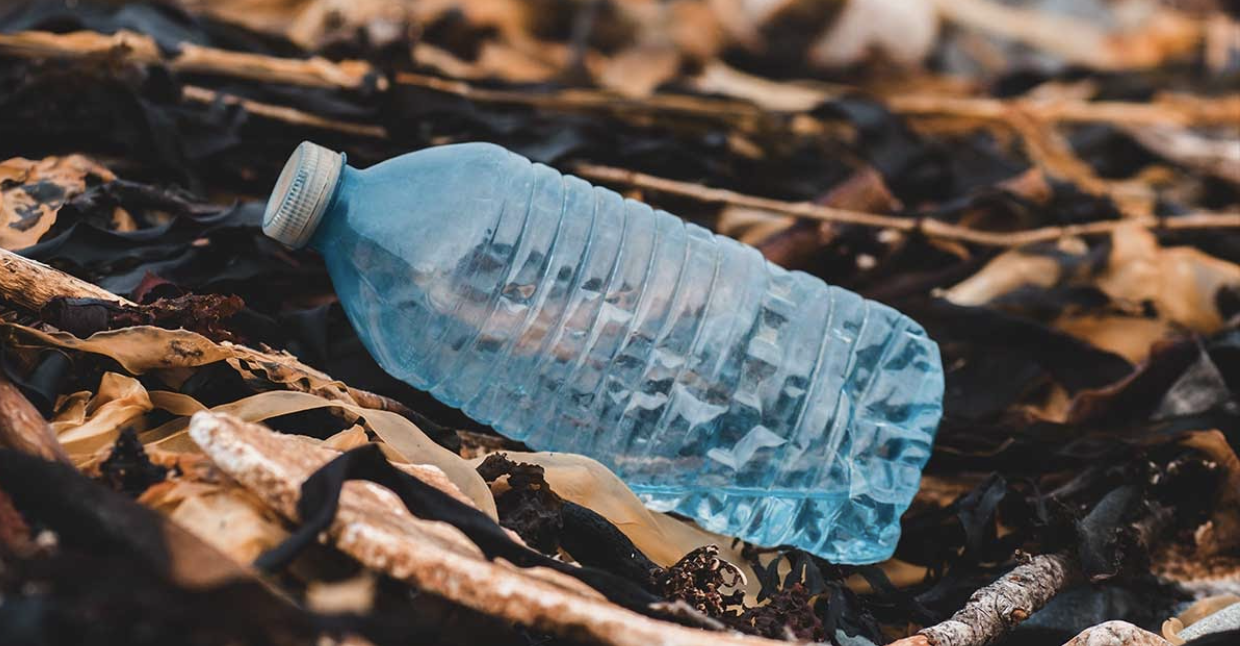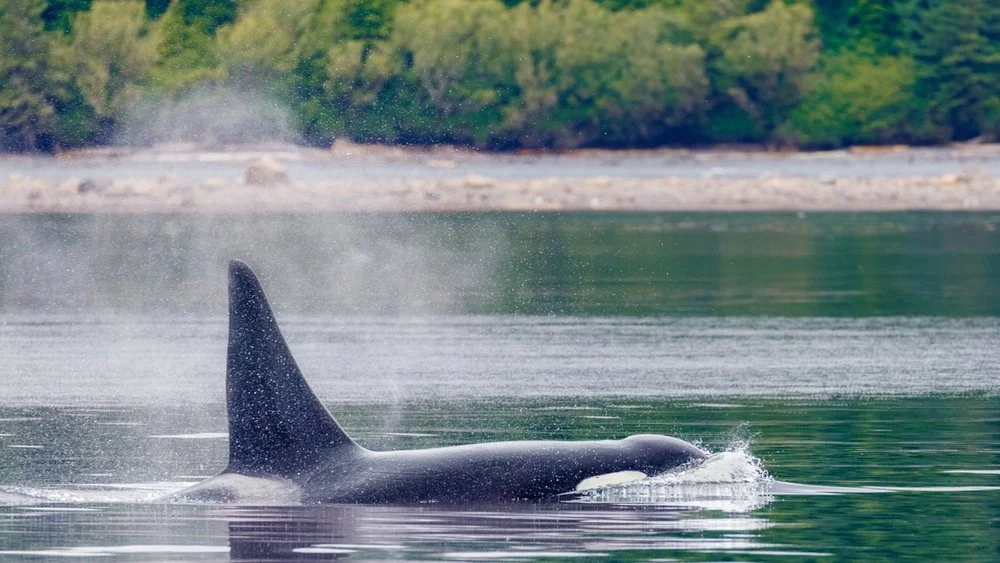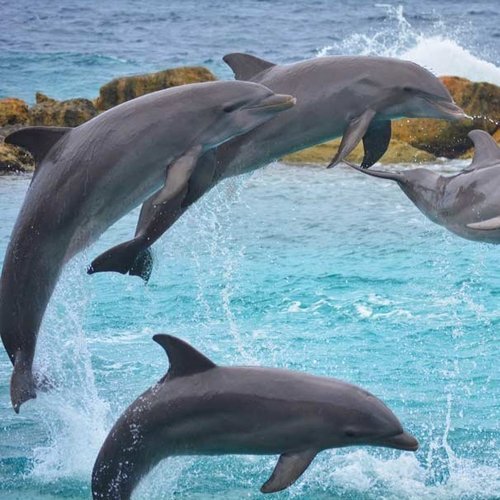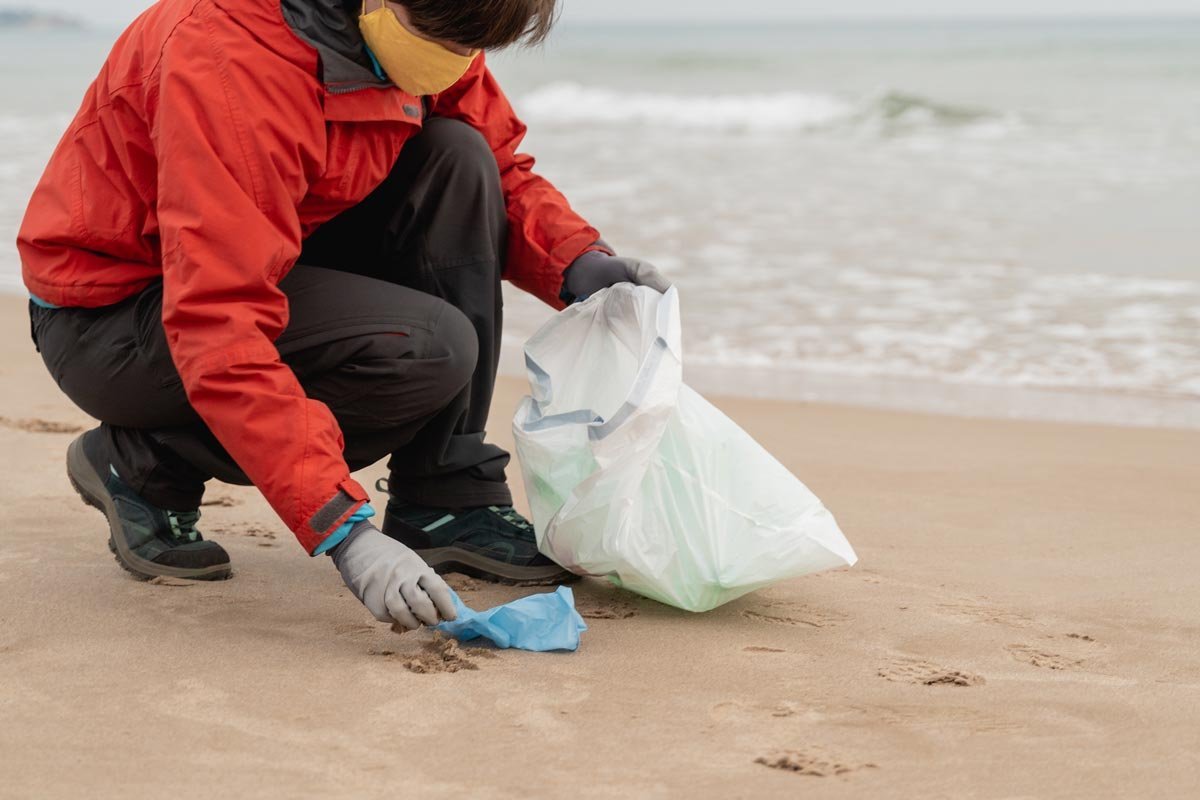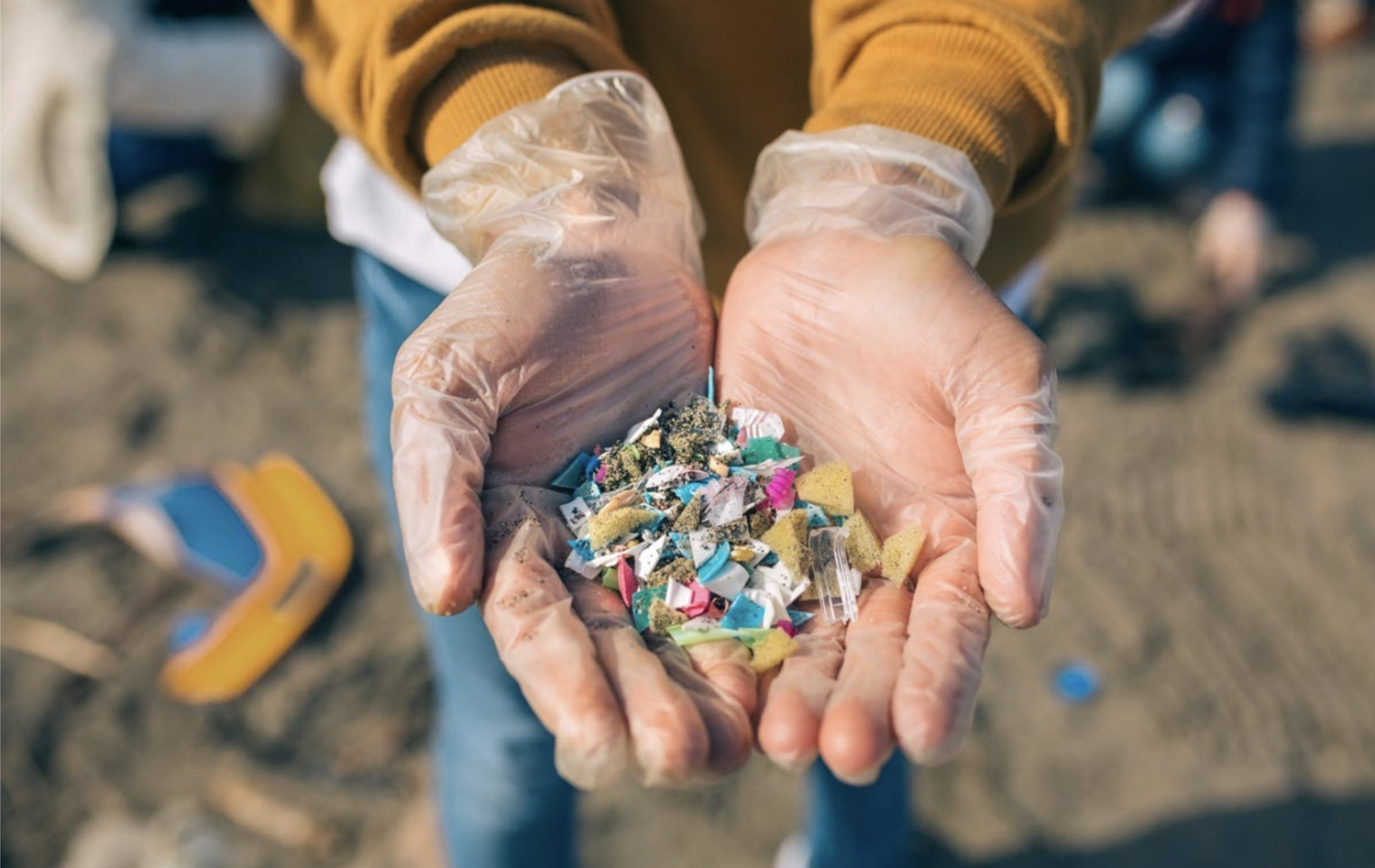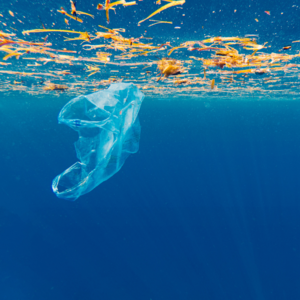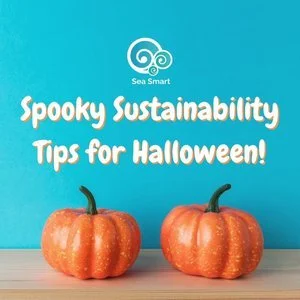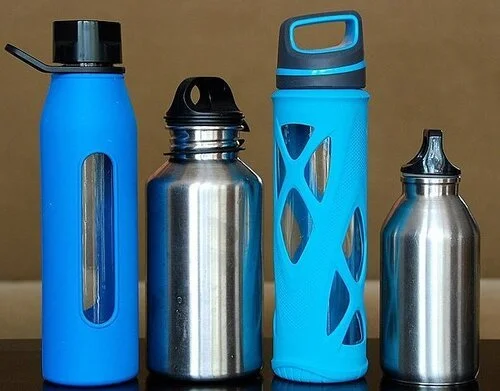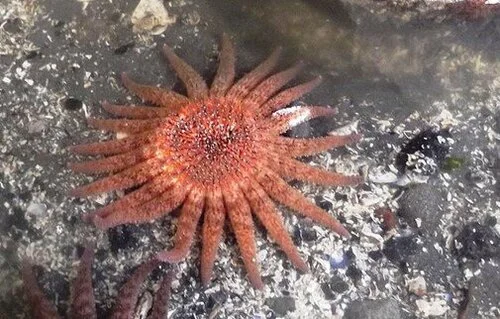
Dive into our blog
12 Most Polluted Rivers In The World
Rivers are a critical part of our ecosystem; they not only provide drinking water to billions of people, but are also homes to our precious wildlife. However, pollution at global scale, such as the release of industrial, urban and agricultural wastes, has substantially harmed the river ecosystem and threatened the access to clean drinking water. Furthermore, polluted rivers flowing into the ocean can create even far-reaching impacts.
Why We Should Care About Plastic Pollution
Have you ever heard of the Great Pacific Garbage Patch? It’s a giant floating mass of plastic waste brought together by various ocean currents between Hawaii and California. It’s twice the size of the state of Texas! Ocean garbage patches are one of the most visible indicators of just how much plastic is in our ocean today.
Join Us For Plastic Free July!
Started in 2011 by Rebecca Prince-Ruiz and a small group of motivated people in Western Australia, Plastic Free July is now one of the biggest global movements designed to encourage people to reduce the amount of plastic that they use during the month of July. More than 326 million people take part from 177 countries. Many of them choose to keep taking steps towards making their lives plastic-free after July, because reducing plastic waste is a year-round effort.
8 Ways to Celebrate World Ocean Day
World Ocean Day takes place annually on June 8th. The concept was originally proposed in 1992 by Canada's International Centre for Ocean Development (ICOD) and the Ocean Institute of Canada (OIC) at the Earth Summit – UN Conference on Environment and Development (UNCED) in Rio de Janeiro, Brazil.
Finding Your Climate Action Intersection
For our Earth Day panel this year, we decided to tackle one of the biggest challenges when it comes to tackling climate change. Climate anxiety is real! How do we create capacity and joy instead of becoming overwhelmed and exhausted?
Earth Day 2022: 7 Things You Can Do To Celebrate Earth Day
Earth Day is an annual event on April 22nd to demonstrate support for environmental advocacy and protection.
6 Tips for Reducing Plastic Waste in the Ocean
Plastic is an essential material for packaging, manufacturing, fashion, and other types of consumer or commercial products. Unfortunately, mass production coupled with improper disposal of plastic has led to mass contamination in our beloved ocean. According to International Union for Conservation of Nature (IUCN) data, out of over 300 million tons of plastic produced annually, at least 14 million tons end up in the ocean. Plastic makes up 80% of all marine debris found from surface waters to deep-sea sediments. Marine species ingest or are entangled by plastic debris, which causes severe injuries and death. This plastic pollution threatens food safety and quality, human health, coastal tourism, and contributes to climate change.
What are Microplastics?
When exposed to the elements, such as sunlight, heat, and humidity, plastics break down into tiny fragments called microplastics. Microplastics are less than five millimeters long and never go away once they’re in the ocean. For example, microbeads, which are tiny plastic spheres, are added to body washes, toothpaste, and other products to give them extra scrubbing power. Lentil-sized pellets known as nurdles, which are used in the manufacture of many common plastic products, are also intentionally small.
Celebrating International Day of Education
January 24, 2022 is the fourth annual International Day of Education. The United Nations declared this day to celebrate the power of education in bringing peace and development to nations and communities around the world. It is also an opportunity to bring to the forefront the need for inclusive and equitable education that is available to all, including girls and women, and people living in poverty.
19 Ocean Pollution Facts Everyone Should Know
The ocean is full of beauty, mystery, and power. But it’s also highly vulnerable and fragile. Ocean pollution not only hurts marine life, but it also poses a risk to all the life on earth that the oceans support.
The Great Divide
Every day, one Canadian uses about 250 litres of water. You can probably think of many ways you use water, including drinking, bathing, and cleaning, but do you know where this water comes from?
Eco-friendly DIY's that will help get you into the Holiday Spirit!
This December, check out these fun and simple ways to connect with family, craft, and make lovely gifts, all while making a positive impact on the environment! By switching from purchasing harmful plastic decorations and unsustainable gifts, to using natural materials to create environmentally-aware crafts, you will be doing your part to give back to nature this holiday season! Check out these five family-friendly crafts to help you celebrate a green Christmas.
4 Unexpected Items You Can Actually Recycle!
We’re always on the lookout for ways to reduce the amount of waste we create, and love finding ways to recycle items we’ve previously re-used or thrown out. Here’s a short list of ‘unexpected items' you can recycle and where to send them!
5 Ocean Creatures that will get you in the Halloween Spirit!
Do you know what’s lurking in the water? Beyond the coral reefs and bright coloured waters of our oceans, spooky creatures live in the shadows. Dive in and check out some of our favourite sea creatures that celebrate Halloween all year round!
Spooky Sustainability Tips for Halloween 2021
The pandemic has had both positive and negative effects on our environment. On one hand, fewer employees commuting to work reduced emissions created by traffic, but the use of disposable masks and gloves increased the amount of litter found in parks and city streets.
Resources for Truth & Reconciliation
September 30th is the National Day for Truth & Reconciliation: a day to recognize the lasting trauma of residential schools and anti-indigenous systems across our country. As settlers on unceded land, we can support our Indigenous neighbours by learning about these systems and structures in our history and in our present, and support current initiatives in reconciliation.
How to Keep Caring for our Environment When You’re Back At School
The end of summer is rapidly approaching and that means back to school is nearly here! Kids are trying to pack in as much play time as they can before they have to be back in the class, teachers are busy preparing for a new class of students, while caregivers are probably counting down the minutes until school starts!
Explore The Shore!
Sometimes it can be hard to see what is right under our noses. We go to the shore and play in the sand and the ocean, but how often do we really take the time to sit and just look and explore what is right there around us?
Guest Blog: A Closer Look at Netflix Documentary Seaspiracy
The destruction of marine life and habitats is real, and it is a global issue. Thus, I watched Seaspiracy, the latest controversial documentary produced by Kip Andersen and directed by Ali Tabrizi, with a sense of anticipation at seeing some of today’s biggest ocean issues highlighted to a massive Netflix audience.
Five things you didn't know about sunflower sea stars
The sunflower sea star (Pycnopodia helianthoides) is a large invertebrate species that can be found from the coastline of Alaska, down to Baja California, Mexico, including along the coastline of British Columbia and right here in Vancouver too! It can have anywhere from 16 to 24 arms, and can grow up to one metre in diameter, making it one of the largest sea stars in the northeast Pacific Ocean. And – by sea star standards – it can move fast, covering as much as 1 metre per minute.
